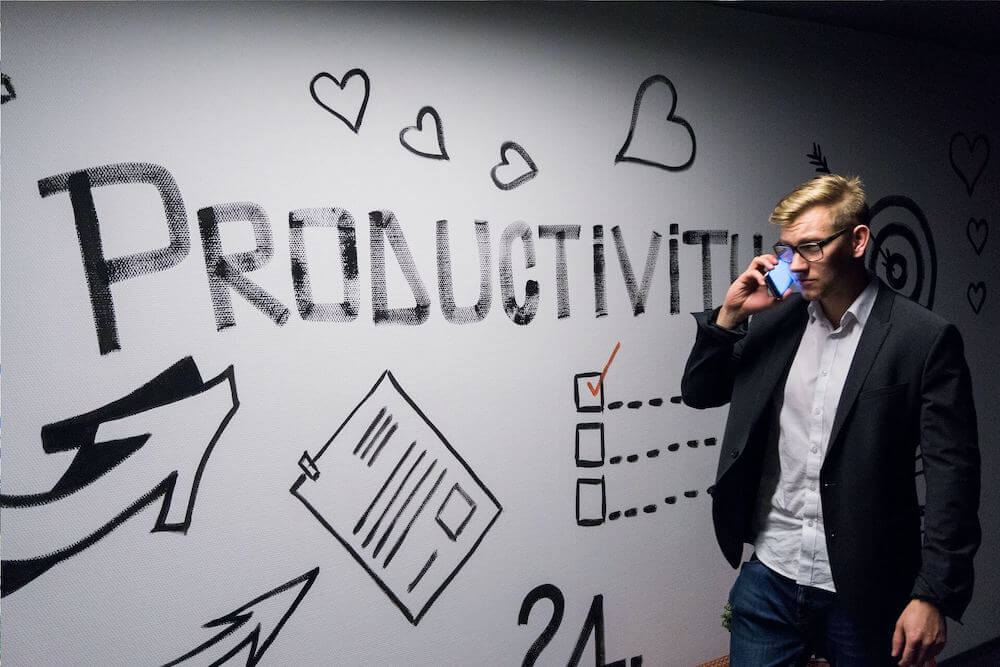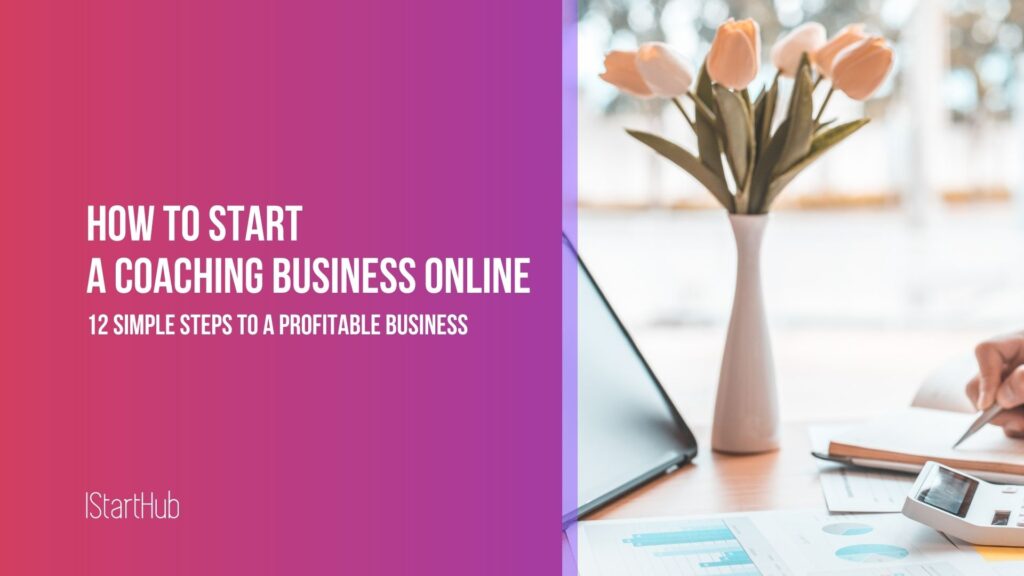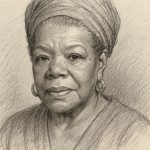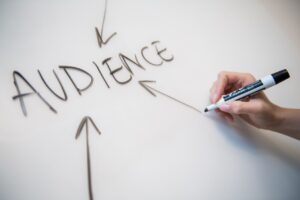Now Reading: 7 Effective Coaching Techniques For Quality Coaching Sessions
- 01
7 Effective Coaching Techniques For Quality Coaching Sessions
7 Effective Coaching Techniques For Quality Coaching Sessions

Are you passionate about helping others achieve their personal and career goals and grow as a professional? Have you been dreaming of becoming a coach who can inspire, motivate and empower your clients? This guide is for you.
The coaching industry is dynamic and always evolving, which means it requires constant learning and adapting to new ways.
Read the article to get closer to your dream of becoming a coach. You will learn how to keep up with your client’s changing needs and expectations in a fast-paced and highly competitive world.
Learn about effective coaching techniques that will propel your coaching business and help establish yourself as a successful coach.
Let’s get started!
What Does Effective Coaching Mean?
Effective coaching isn’t a one-size-fits-all approach. It’s the ability to adapt your coaching style to meet each client’s context, goals, needs, and preferences. To be an effective coach in 2023, your coaching needs to be:
- Client-centered. Effective coaching focuses on the client’s agenda, not the coach’s. Your approach should respect the client’s autonomy, values, and choices. In addition, your coaching should empower the client to take ownership of their learning and development, regardless of their backgrounds, cultures, generations, and professions. It also means coaching people who are facing complex challenges so they can find purpose, meaning, and happiness in what they do.
- Solution-focused. Effective coaching is about helping your clients identify their strengths, opportunities, and resources. It’s about supporting your clients in achieving their goals and overcoming obstacles.
- Goal-oriented. Effective coaching helps clients clarify their vision, set SMART (specific, measurable, achievable, relevant, and time-bound) goals, and design a plan to achieve them. It entails providing constructive feedback that inspires action and growth.
- Ethical. Effective coaching follows the professional standard code of conduct of the International Coaching Federation (ICF) or other reputable coaching associations. More importantly, it respects the confidentiality and privacy of the client, maintains clear boundaries, and avoids conflicts of interest.
- Flexible, curious, and empathetic. Effective coaching should be able to create a safe space for your clients to express themselves freely and authentically. You must be able to listen actively and deeply without judging them. You need to be able to stimulate critical thinking, self-awareness, and creativity.
As you can see, effective coaching means coaching people looking for more than just performance improvement. It involves coaching people looking for well-being, purpose, and meaning.
5 Top Coaching Skills to Develop
Coaching skills are the key competencies that you, as a coach, can leverage to help develop others. While there are many types of coaching, there’s overlap between the skill sets needed.
A highly skilled coach can be beneficial to an organization since they have the secret ingredient to unlock the full potential of team members. In return, teams become more productive and resilient, which can help reduce the risks of leaving voluntarily.
In addition, essential coaching skills can help lower the stress levels of team members and empower them with a higher purpose.
With that in mind, here are the essential coaching skills you need to develop:
1. Effective communication
As a coach, one of the most necessary skills for effective coaching is communication. A great coach possesses excellent communication skills that they use to build rapport and strong relationships with their coaches.
Excellent communication skills give coaches clarity in direction, enabling them to identify opportunities to make needed changes in behavior. That is, a coach with established communication skills exhibits active listening, which cultivates trust and gives the coachee the assurance that their needs are addressed.
Active listening is the ability to listen attentively and empathetically to what the coachee is saying and not saying. It’s paying attention to verbal and non-verbal cues, like tone of voice, emotions, and body language.
It also involves summarizing key points, asking open-ended questions, providing feedback, and reflecting back feelings and meanings.
2. Curiosity
With listening skills sharpened you need to learn how to get curious when you’re listening. When a client feels vulnerable or uncertain, they are looking to you as their coach to set the stage for how things will unfold. A client needs a coach to be a confident, passionate, and clear communicator.
That’s why you need to observe, explore and consider the unique cases of each of your clients. Curiosity gives you the ability to ask powerful coaching questions that provide the client with the opportunity to explore their own options.
3. Psychological safety and trust
As mentioned earlier, the coach-coachee relationship hinges on trust. A great coach needs to have the trust of the client for coaching to be effective. Sometimes, the feedback, advice, or direction you provide might not be what the client wants to hear.
With trust, you provide an environment where the client can freely share whatever issues they have.
4. Emotional intelligence
Emotional intelligence is the ability to understand and manage emotions and feelings. Your role as a coach will involve helping others cope with stress, conflict, and change. This skill is essential for building rapport, trust, empathy, and influence with your clients.
Emotional intelligence will help you understand how feelings and emotions impact behaviors, thoughts, and actions. That is, you’ll be able to understand how a specific client will react to a certain decision or process, which can be beneficial when navigating challenges with clients.
5. Collaboration
An effective coach doesn’t just bark orders. Instead, they get involved and work together with their clients. They do not impose their agenda or ideas but rather encourage everyone to share theirs so they can develop and implement action plans collaboratively.
Effective coaching involves helping clients set up and follow through with their action plans. It entails prioritizing actions based on importance and urgency and creating contingency plans.
Effective Coaching Techniques Well-Known Business Coaches Use

Coaching techniques are methods you employ throughout your sessions or programs to help clients achieve the result they desired or a specific result. The right techniques will help the client reach their maximum potential and boost self-awareness.
Below are the 7 most efficient coaching techniques in 2023.
1. Ask open-ended questions
One of the most effective coaching techniques is to understand your client’s psychology first. Using open-ended questions elicits more in-depth answers than simple “yes” or “no” questions.
Open-ended questions start with “What, How, Why, Who, Where, When,” and can be asked for various categories, such as solution finding, goal setting, challenges/obstacle identification, etc.
Here are a few examples:
- What makes you happy?
- How can you describe the current situation you’re in right now? How does it make you feel?
- Why do you think X affects you?
- Why do you think your options or solutions will or will not work?
- What are you struggling with or feeling stuck on right now?
- How can I best support you in this session?
Open-ended questions enable you to identify what bothers your clients so you can tailor the session to the client’s needs, goals, and preferences.
2. Establish S.M.A.R.T goals
Establishing clear SMART goals can go a long way in helping you maintain motivation and grow your business. So, instead of setting a vague goal like “I want to grow my business”, you can make it more specific: “I will acquire four new clients for my coaching business within two months. I’ll do so by asking for referrals, networking, creating three valuable blog posts, and marketing on social media.
In addition, you can use this technique to help your clients break down their big vision into manageable steps and track their progress. It also enables you to monitor your client’s goals and performance and provide feedback.
3. Implement the GROW model
Another effective coaching technique used by the majority of coaches is the GROW model. The GROW model is a simple yet powerful coaching framework for structuring your sessions. It’s effective for goal-setting and problem-solving since it questions the reality as it is now and the choices or solutions to the challenges.
GROW stands for:
- G – Goal: What the client wants to achieve. They should be SMART goals, as described earlier.
- R – Reality: What’s the current situation, obstacle, or challenge?
- O – Opinions or options: What are some possible action plans or solutions to the obstacles?
- W – Will: What’s the way forward for the client?
The GROW model-based sessions provide clients with skills, knowledge, resources, and tools to benefit them consistently.
4. Stay fully present and focused
Nothing is as discouraging as not being present during a session with a client. It shows a lack of interest and professionalism. By offering your client undivided attention during each session, you help build trust and a strong connection.
Therefore, before each session, take a deep breath to relax and prepare your mind appropriately. Mute notifications or turn off your mobile. Pick a pen and paper, and take notes on what the client is saying to stay present and focused.
5. Implement the 3C model
3C denotes confidence, commitment, and clarity. First, you need to develop clarity by learning more about your client’s needs, skill sets, and preferences. Next, you must determine how devoted they are and seek to boost their commitment levels as you proceed with sessions.
Next, you must ensure your client is totally committed to developing their self-esteem and self-confidence. This technique is effective when developing a particular skill, such as leadership, confidence, or self-awareness.
6. The Wheel of Life
The Wheel of Life is an effective coaching technique to help clients assess their level of satisfaction in their careers, relationships, health, personal growth, or finances. This powerful tool consists of eight or more segments, each representing an aspect of life.
It requires the client to rate each segment on a scale of 1-10, where 1 is very dissatisfied, and 10 is very satisfied. The result projects a visual presentation of imbalances in the client’s life.
The Wheel of Life is fundamental in helping identify areas that need more attention and prioritize goals and strategies to improve the current situation. It can be instrumental in helping coaches understand their client’s values, challenges, and motivations clearer.
7. The Moonshot Technique
The Moonshot coaching technique challenges clients to think big and aim high. It’s based on the concept of “moonshot thinking”, where one tries to achieve something that generally seems impossible.
Some common questions to ask using this technique include:
- What would you do if you had all the resources and support you need?
- What would you do differently if you learned you had only one year left to live?
These questions allow clients to tap into their imagination, passion, and creativity. It can push them to discover their true purpose, vision, and mission in life. It can also be a powerful technique to help coachees overcome limiting fears, doubts, and beliefs that may be holding them back from pursuing their dreams.
The Moonshot technique encourages clients to stretch themselves beyond their comfort zone, explore new possibilities, and take bold actions.
Time to Bring These Techniques to Life
Keep in mind that you’ll come across tough situations and difficult clients. Knowing how to handle such situations and people will make you a more effective coach. One key ingredient to overcoming uncertainties and staying relevant is to learn to adapt to change.
Remember, coaching isn’t a one-size-fits-all approach. Each client’s needs are unique, and they deal with special challenges. So, it’s up to you to implement strategies that will best unlock your client’s full potential.
Tetiana is a business coach and owner of IStartHub, a business media for ambitious female entrepreneurs and small business owners.
















